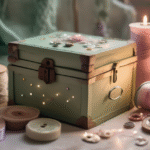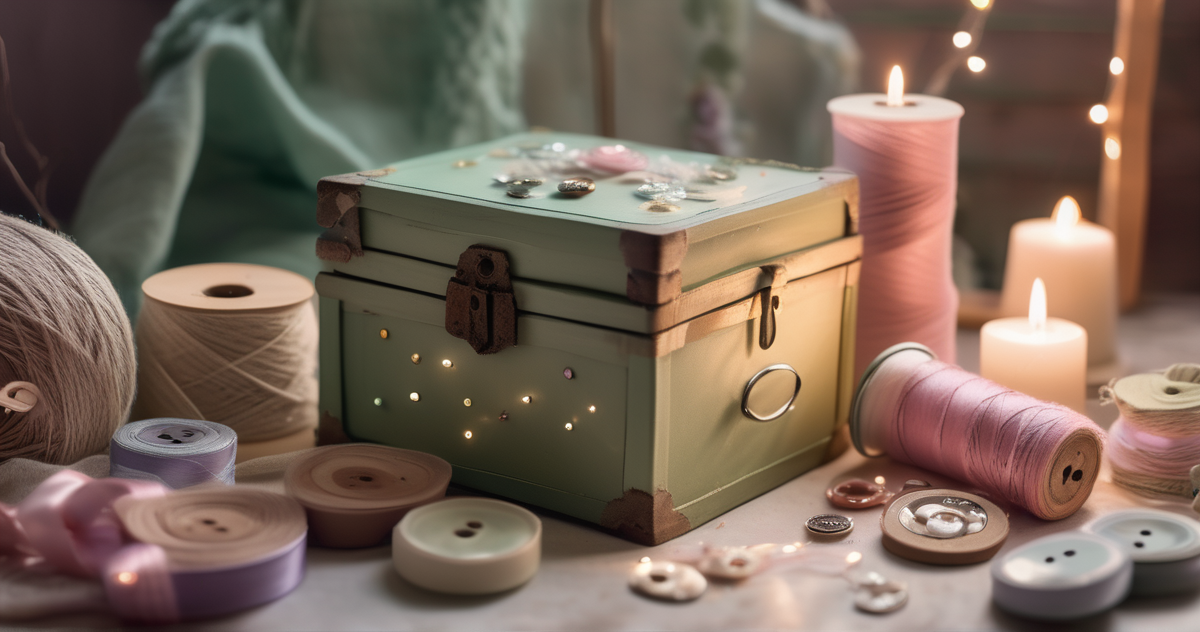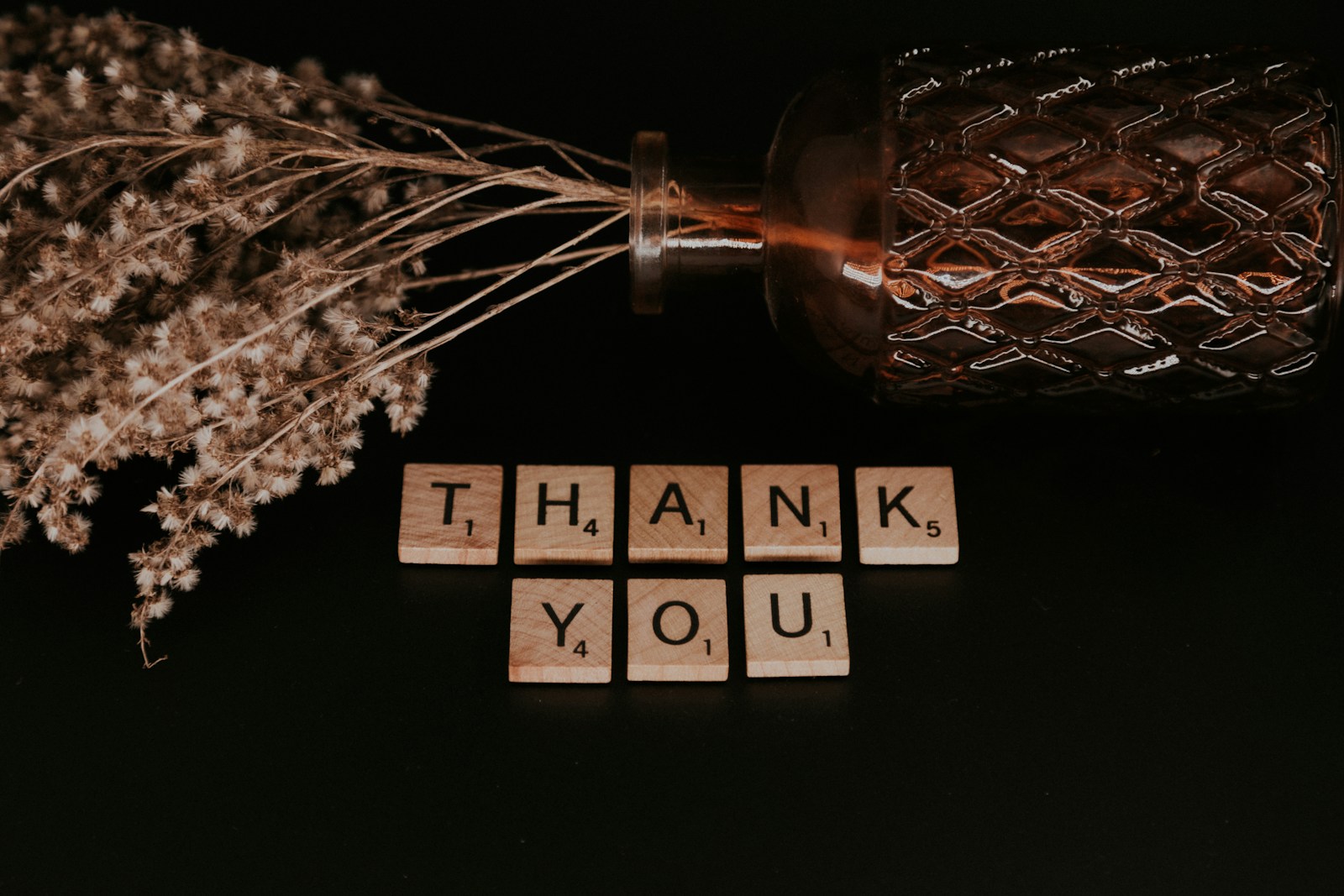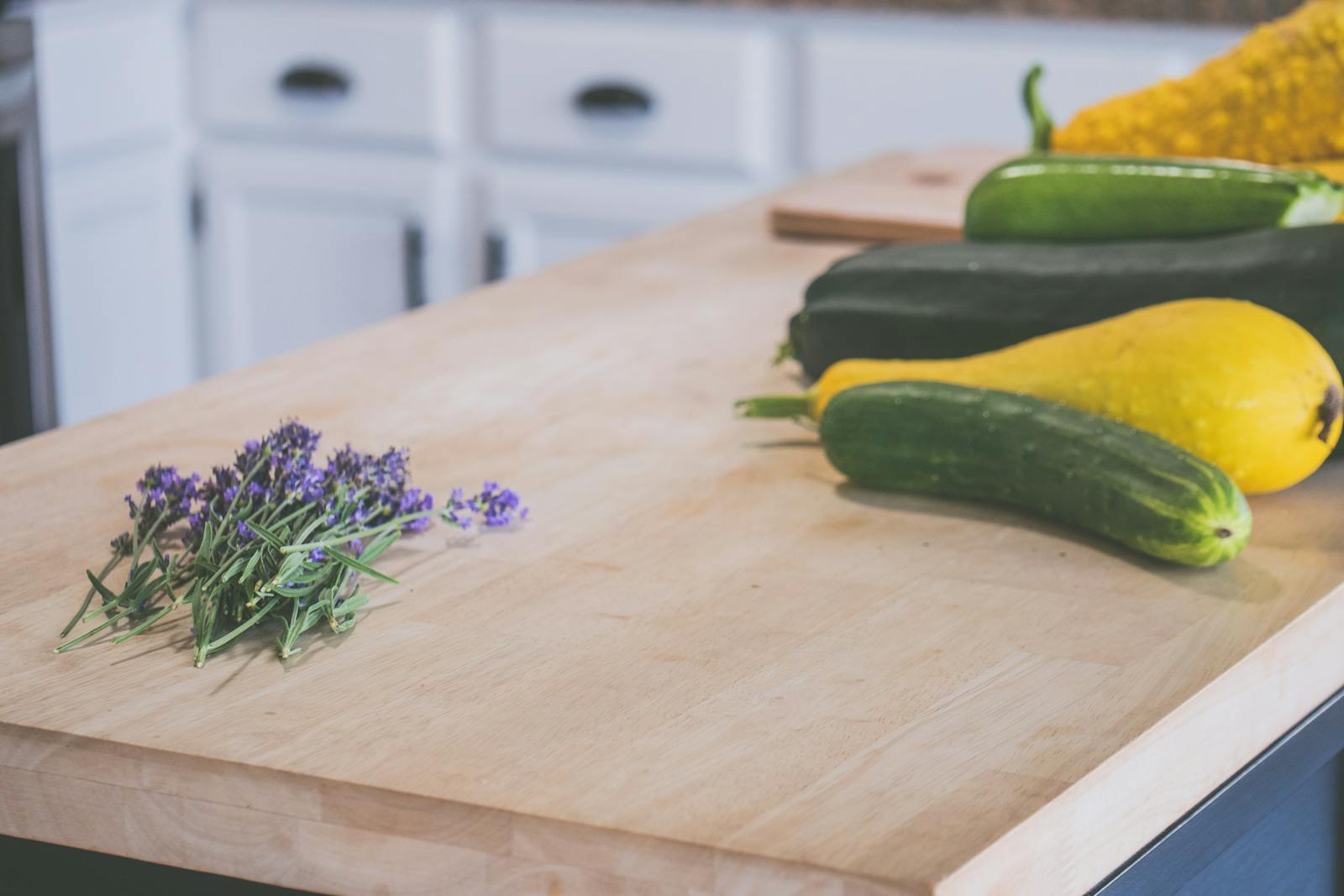Minimalism for Beginners: Decluttering Your Life and Mind
What is Minimalism, Really?
Minimalism, at its core, is about intentionally living with less. It’s not about deprivation, nor is it some sort of extreme ascetic lifestyle. Instead, it’s a conscious choice. It’s about figuring out what genuinely matters to you and then letting go of the things that don’t. This process is often focused on material possessions, but its effects extend far beyond the physical space around you. It impacts your mental state, your relationships, and even your finances.
Think of it this way: imagine your life is a house. Every item you own is a piece of furniture, a decoration, or a gadget. Some of these things you use daily, and they bring you joy. Other items sit in the corner gathering dust, serving no purpose. Minimalism encourages you to get rid of the clutter. It’s a process of removing the unnecessary to make room for what’s truly important. This isn’t about having a perfectly empty home; it’s about having a home filled with things you love and use, things that add value to your life.
The benefits of this can be significant. A less cluttered home can lead to a less cluttered mind. When you’re not constantly surrounded by visual noise, it’s easier to focus, relax, and feel a sense of calm. Financial benefits can also arise. By buying less, you spend less. You can save money, pay off debt, and have more financial freedom. The practice can also foster a greater appreciation for what you already have. Instead of constantly wanting more, you learn to be content with less.
Getting Started: The First Steps
So, how do you start? The idea of decluttering your entire life can feel overwhelming. It’s best to begin small. Don’t try to overhaul everything at once. Choose one area of your home to focus on. A drawer, a closet, a shelf, or even a single table can be a good starting point.
Here’s a simple method: gather everything from the chosen area. Then, sort the items into three piles: keep, donate/sell, and discard. Be honest with yourself during this process. Ask yourself these questions: Do I use this? Does it bring me joy? Does it serve a purpose? If the answer to all those questions is “no,” then it’s time to let it go.
For the “donate/sell” pile, consider what you can give away to charity or list online. There are many platforms available for selling used items. This can be a good way to make a little extra money while decluttering. The “discard” pile is for items that are broken, unusable, or simply unwanted. Dispose of these items responsibly.
After you’ve sorted through the items, take the time to organize the things you’ve decided to keep. This is a good opportunity to find a place for everything and make sure everything is easily accessible.
Decluttering Your Digital Life
Minimalism isn’t just about physical possessions. It extends to the digital world as well. Our phones, computers, and tablets are often filled with apps, files, and emails that we don’t need. This digital clutter can be just as distracting and time-consuming as physical clutter.
Start by deleting unused apps. Most of us have apps on our phones that we haven’t opened in months, if not years. Get rid of them. Next, organize your files. Create folders and subfolders to keep everything in order. Delete old documents, photos, and videos that you no longer need.
Manage your email inbox. Unsubscribe from newsletters and promotional emails that you don’t read. Create filters to automatically sort emails. Delete old emails that are no longer relevant.
Consider the time you spend online. Are you spending too much time scrolling through social media or watching videos? Set limits for yourself. Take breaks from your devices. Focus on activities that are more meaningful and enjoyable.
The Mindset of Minimalism
The physical act of decluttering is only one part of minimalism. The other, perhaps more important, part is the mindset. Minimalism is about making conscious choices about what you consume and how you live. It’s about being intentional with your time, your energy, and your resources.
One of the core principles of minimalism is buying less. Before you purchase something, ask yourself if you really need it. Will it add value to your life? Or is it just a fleeting desire? Consider the long-term cost of the item, not just the price tag. Think about the space it will take up, the time it will take to maintain, and the impact it will have on your finances.
Another important aspect of the minimalist mindset is practicing gratitude. Appreciate what you already have. Focus on the good things in your life. Instead of constantly wanting more, learn to be content with less. This shift in perspective can have a profound impact on your happiness and well-being.
Finally, minimalism is about prioritizing experiences over possessions. Instead of spending money on material goods, consider investing in experiences such as travel, concerts, or spending time with loved ones. These experiences often provide more lasting joy than material possessions.
Dealing with Sentimental Items
One of the most challenging aspects of decluttering is dealing with sentimental items. These are things that hold emotional value, such as photographs, letters, and gifts from loved ones. It can be difficult to let go of these items, even if they’re not used or displayed.
When dealing with sentimental items, it’s important to approach the process with care and compassion. Don’t feel pressured to get rid of everything at once. Take your time. Go through the items slowly.
Ask yourself why you’re holding onto each item. Is it because it reminds you of a happy memory? Or is it because you feel guilty about getting rid of it? If the item brings you joy and evokes positive memories, consider keeping it. If it’s simply taking up space and causing you stress, it might be time to let it go.
Consider taking photographs of sentimental items before you get rid of them. This way, you can preserve the memory without having to keep the physical object. You can also create a memory box or a digital archive to store important documents and photographs.
It’s okay to keep some sentimental items. The goal of minimalism isn’t to get rid of everything. It’s about keeping the things that are truly meaningful to you.
The Long-Term Benefits
The benefits of minimalism extend far beyond a tidy home. It can lead to a less stressful life. When you have fewer possessions, you have less to worry about. You spend less time cleaning, organizing, and maintaining your belongings. You also have less financial stress.
Minimalism can also lead to more time and energy. When you’re not constantly shopping or consuming, you have more time to focus on the things that are truly important to you. You can spend more time with loved ones, pursue your hobbies, or work toward your goals.
Furthermore, minimalism can improve your mental health. A cluttered environment can contribute to anxiety and stress. A minimalist lifestyle can help to create a sense of calm and control. It can also foster a greater sense of self-awareness and gratitude.
It’s a process, not a destination. There will be times when you feel tempted to buy something new. There will be times when you struggle to let go of something old. That’s okay. The important thing is to keep practicing, to keep making conscious choices, and to keep moving toward a more intentional life.
Minimalism and AI: A Helpful Partnership
AI can play a surprising role in aiding your minimalist goals. Consider using AI-powered apps to track your spending habits. These apps can categorize your purchases, identify areas where you can cut back, and help you stay within a budget. This can prevent impulse buys and encourage more conscious consumption.
Also, AI can help with decluttering itself. Some AI programs can analyze your digital files and recommend items to delete or archive. This can be particularly useful for managing photos, documents, and emails. AI can also help you find the best deals on items you *do* need, helping you to save money and avoid buying things at full price.
AI can also assist with research. If you’re considering buying a new item, you can use AI to compare prices, read reviews, and find the best options. This can help you make informed decisions and avoid buying things that you’ll later regret.
AI is not a replacement for your own decision-making, but it can be a valuable tool in the minimalist toolkit. It can help you to make more informed choices, save money, and simplify your life.
Avoiding Common Mistakes
It’s easy to make mistakes when you’re first starting with minimalism. One common mistake is trying to do too much too soon. Don’t try to declutter your entire home in a single weekend. Start small, and gradually work your way through different areas.
Another mistake is buying more storage solutions. The goal of minimalism is to reduce clutter, not to find more places to store it. Before you buy any storage solutions, make sure you’ve decluttered as much as possible. The last thing you want is to end up with more stuff, even if it’s neatly organized.
Another mistake is focusing too much on the aesthetics of minimalism. While a minimalist home can be visually appealing, the goal is not to create a perfect, Instagram-worthy space. The goal is to create a space that supports your well-being and allows you to live a more intentional life.
Finally, don’t compare yourself to others. Everyone’s minimalist “style” is different. What works for one person may not work for another. Focus on your own goals and create a minimalist lifestyle that suits your needs and preferences.
Embracing the Process
Minimalism is not a destination; it’s a process. It’s a continuous practice of evaluating your possessions, your habits, and your priorities. There will be times when you feel overwhelmed, frustrated, or tempted to give up. That’s perfectly normal.
The important thing is to keep going. Keep practicing, keep learning, and keep making conscious choices. Over time, you’ll find that minimalism becomes easier and more natural. You’ll develop a better understanding of your needs and wants. You’ll learn to appreciate what you have, and you’ll live a more fulfilling life.
Remember, there’s no “right” way to be a minimalist. It’s about finding what works for you and creating a lifestyle that supports your values. So, embrace the process, be patient with yourself, and enjoy the journey. The rewards of a minimalist lifestyle are well worth the effort. It is a journey, after all, even if we aren’t using that particular word.










